Not buried treasure: King of Kings Ramses II stands on ceremony
The country’s oldest museum will open its doors to its ‘largest ever exhibition’ on Saturday, featuring priceless antiquities from Egypt.
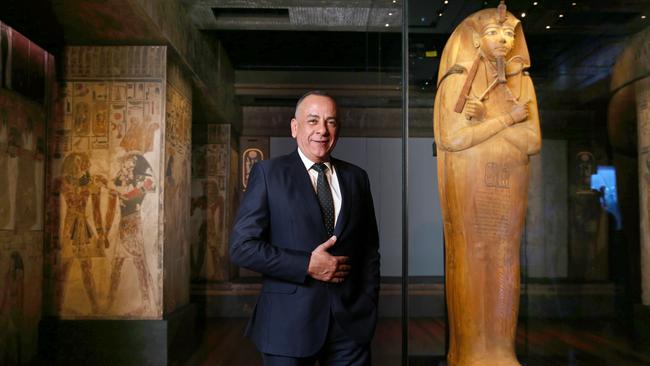
The country’s oldest museum will open its doors to its “largest ever exhibition” on Saturday, featuring priceless antiquities from Egypt.
The Australian Museum’s director and chief executive Kim McKay said the museum will have sold 100,000 tickets to its Ramses and the Gold of the Pharaohs exhibition by Saturday – a number she said she believed was “unprecedented among museums and galleries in Australia”.
“I think it’s because ancient Egypt holds this incredible fascination for Australians, just as it does for anyone else in the world,” she said.
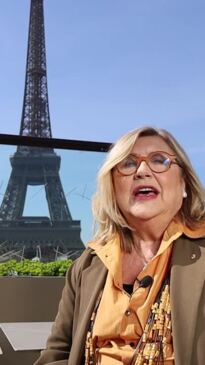
Ms McKay was speaking from a room that has at its centre an imposing limestone colossus of Ramses II – the “King of Kings”, in the words of Percy Bysshe Shelley.
In another room is the highlight of the exhibition of 182 antiquities shipped over from the Pyramids: the 3000-years-old sarcophagus of Ramses the Great.
The pharaoh died around the age of 92 – an almost unimaginable age at the time – and ruled Egypt for nearly 67 years, the second-longest reign of ancient Egypt. Otherwise known as Ozymandias, he is believed to have been the most celebrated, powerful pharaoh and is said to have had eight wives and fathered more than 100 children.
During his reign, largely spanning the 13th century BC, he led campaigns into the Levant and brokered the earliest known peace treaty with the Hittites, in modern Turkey.
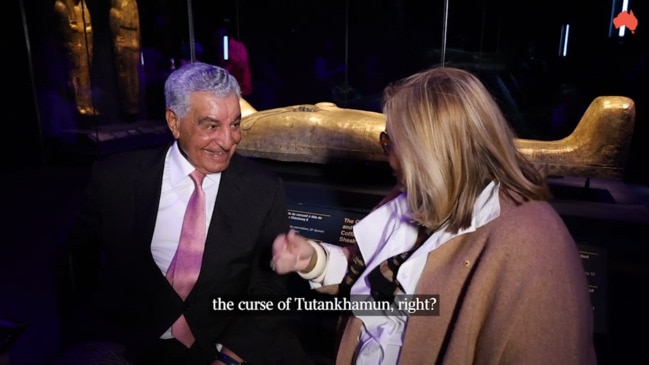
Sydney is only the second city outside Egypt to host the sarcophagus.
Ms McKay said the exhibition had been years in the making.
“Originally, we renovated the museum to host the Tutankhamun exhibition which we’d managed to secure,” she said. “And then Covid happened and everything went into lockdown around the world, including King Tut, and he was returned to Egypt. I was very lucky because having that personal relationship with [former Egyptian minister for antiquities] Zahi Hawass and [the secretary-general of Egypt’s supreme council of antiquities] Mostafa Waziry, they phoned me and said, ‘We’ve got something better for you’.”
Ms McKay met Dr Hawass when she worked for National Geographic in the early 2000s and he was an “explorer-in-residence”.
“Zahi had the keys to the kingdom – literally; you go with him and he has this set of keys on his hip and his Indiana Jones-style hat,” she said. “And he opens tombs for you that haven’t been opened in, you know, 35 years.”
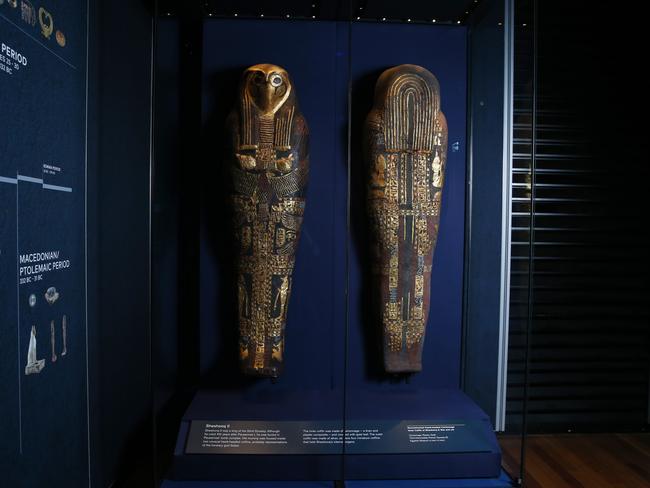
In the museum, the sarcophagus of Ramses II stands in the middle of the room, larger than life. The king is represented as an Osiris, god of fertility and the dead. Arms crossed, in his right hand he holds a flail and in his left, a crook.
Carved out of imported cedar, the coffin is believed by Egyptologists to have been Ramses II’s second burial container.
His mummy was removed from its original coffin, likely in the 11th century BC, and reburied into another royal coffin, according to the American Research Centre in Egypt’s website. Authorities ordered a systematic clearance of older tombs to claim raw materials and gold under the guise of restoring and protecting the mummies due to looting and theft at the time.
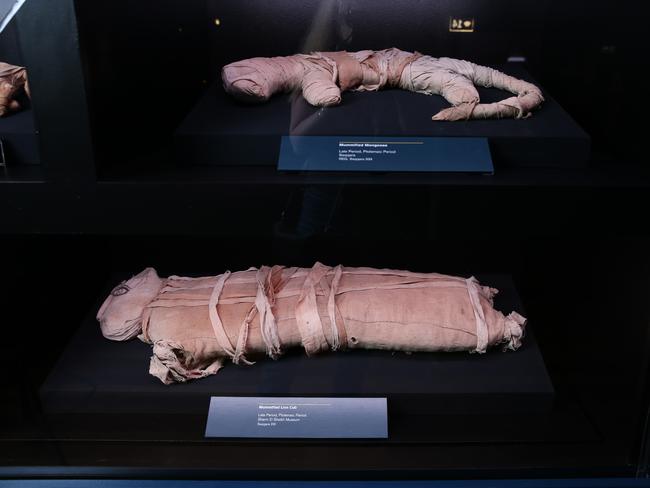
At Thursday’s media preview, a bubbly Dr Waziry drew attention to the fact the coffin was standing.
“Here, for the first time, we’re going to see it standing, standing like this,” he told the audience, almost bouncing with excitement.
The exhibition features a range of other antiquities from Egypt, including mummified animals.
Ramses and the Gold of the Pharaohs will run from November 19 until May 19, 2024.



